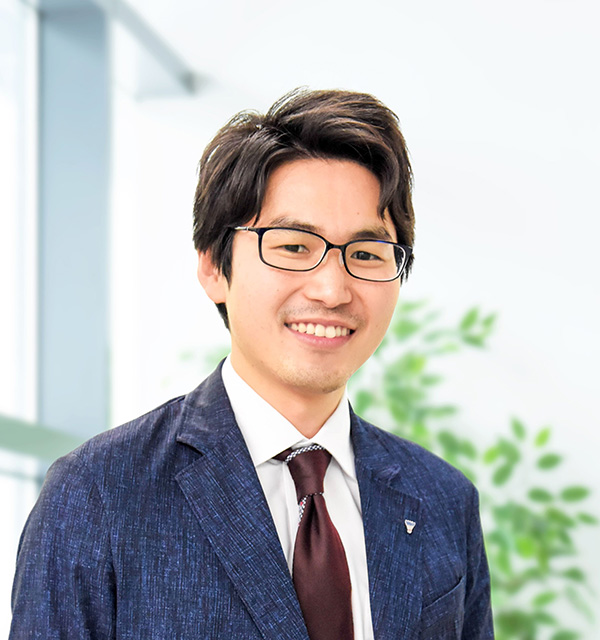Professor Gojiro Nakagami, PhD, RN in Department of gerontological nursing/wound care management
Since breast reconstruction using implants became covered by health insurance in Japan in 2013, it has become increasingly common. However, one of the major concerns in patients receiving postmastectomy radiation therapy is the risk of capsular contracture, a condition where the tissue around the implant hardens and tightens. This study aimed to investigate whether the timing of radiation therapy—whether it occurs before or after reconstruction—affects the likelihood of developing capsular contracture.
The study retrospectively analyzed 341 patients who underwent implant-based breast reconstruction and radiation therapy between 2003 and 2019, all performed by a single experienced plastic surgeon. Patients were grouped based on the type and timing of their surgery and radiation. Several factors were evaluated, including post-radiation skin condition, implant mobility, skin pinchability after one year, and the position of the tissue expander. The development of capsular contracture was assessed using the Baker Classification.
The results showed that the timing of radiation therapy did not significantly influence the incidence of capsular contracture. Instead, other factors such as post-radiation skin inflammation, how freely the implant could move, the softness of the skin (measured by pinchability), and the positioning of the expander played more significant roles in predicting contracture. Approximately 12.6% of patients developed severe contracture (Baker Grade III) within two years.
These findings suggest that the key to preventing capsular contracture lies not in when radiation therapy is administered, but rather in how the skin and surrounding tissue respond to radiation, and how the reconstruction is technically managed. Careful postoperative skin management and surgical technique may be more critical than the radiation schedule itself in minimizing the risk of this complication.
Access the full paper here: https://pubmed.ncbi.nlm.nih.gov/39876615/


